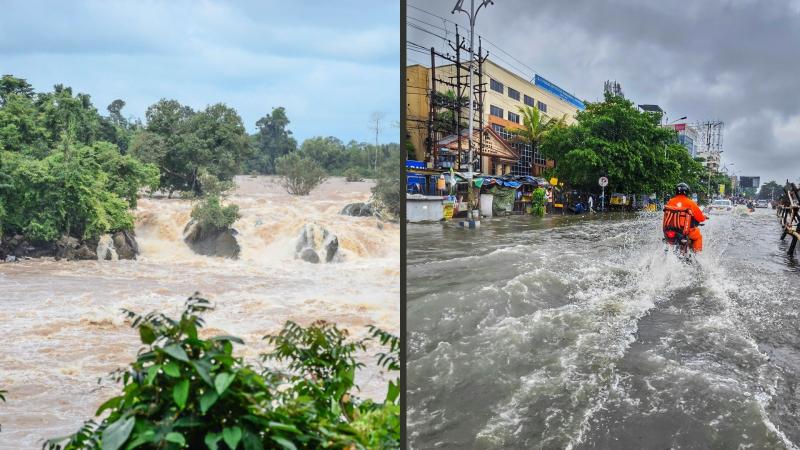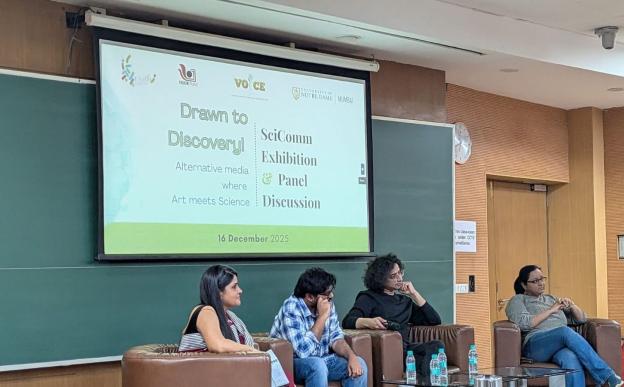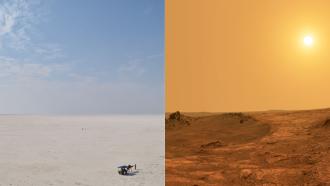
With the arrival of the monsoon, many in India are preparing for the inevitable flooding it will bring. Just last year, in 2024, India saw flooding in Assam, Arunachal Pradesh, Sikkim, Manipur, Tripura, Uttar Pradesh, Himachal Pradesh, Kerala, Meghalaya and Gujarat. The floods and the subsequent landslides claimed over 500 lives and caused crores of rupees worth of damage, with Wayanad in Kerala being the worst hit. Although we recognise riverine floods as an annual issue, researchers haven't had a clear, nationwide picture of how flood patterns, such as their magnitude or timing, have been changing over time across all of India.
To address this, researchers from the Indian Institute of Technology (IIT) Delhi and the Indian Institute of Technology (IIT) Roorkee sought to gain a comprehensive understanding of how river floods in India have evolved over the past 40 years, from 1970 to 2010. They dug into records of river flow from 173 different monitoring stations spread across the country. Gathering this data was a significant task, but it enabled them to observe real-world changes. They used statistical tools, such as the modified Mann-Kendall test and Theil-Sen's Slope Estimator, to determine if there were trends, including consistent increases or decreases in their magnitude, and when they occurred during the year (their timing).
Did You Know? In 2024, the Brahmaputra river flooded Kaziranga National Park and Tiger Reserve, resulting in the tragic death of over 200 wild animals, including ten endangered rhinos, who drowned in the deluge. |
Across most of India, the magnitude of monsoon floods is decreasing. They observed this downward trend at 74% of the monitoring stations they studied. In some areas, such as the central part of the Ganga basin, this decrease was quite significant, averaging approximately 17% less flood magnitude per decade. Floods in this central region have been decreasing in frequency and severity over time. However, it wasn't the same everywhere. On the Malabar coast in the southwest, they observed the opposite trend, with flood magnitudes increasing by about 8% per decade, especially during the pre-monsoon season.
The timing of floods is also shifting, but in different ways depending on the region. In the lower part of the Yamuna basin, floods are happening earlier in the year. Meanwhile, in the upper part of the Ganga basin, floods are being delayed, happening later than they used to.
The researchers examined factors such as precipitation (rainfall), soil moisture, and temperature to determine if they were associated with the flood trends and found strong connections. In the central Ganga basin, where floods are decreasing, there has been a decline in both monsoon rainfall and soil moisture. The lower rainfall and drier ground mean less water flowing into rivers during the flood season, resulting in lower flooding. The researchers believe that this decrease in rainfall in the region may be related to larger climate patterns, such as changes in the Indian Ocean, and even tiny particles in the air called aerosols.
On the Malabar coast, the increase in floods is tied to more intense rainfall happening before the monsoon season. This pre-monsoon season, heavier rain is causing larger floods there. The shifts in flood timing in the Yamuna and Upper Ganga basins also appear to follow the timing of precipitation; earlier rainfall results in earlier floods, and delayed rainfall results in later floods.
Beyond climate, the study also examined how the physical characteristics of the river areas or catchments and human activities might contribute to the issue. They found that in drier climates, flood magnitudes tend to decrease. They also discovered that the size of the river catchment matters. Larger catchments are seeing a faster decrease in flood magnitude compared to smaller ones.
Human factors, such as population density and the total amount of water stored in dams within a catchment, were found to be linked to decreasing flood magnitudes. More people and more dams reduce the magnitude of floods, likely because people use more water and dams hold water back. Urban areas and overall development, as measured by the Human Development Index, also showed some links, suggesting that how we build and live can influence flood patterns. Interestingly, the average elevation of a catchment didn't seem to have a direct link to the trend in flood magnitude. However, elevation can indirectly affect floods through factors such as snowmelt.
The study provides the first consistent, nationwide picture of flood trends in India, utilising a large amount of real-world data over a prolonged period. It builds upon previous work that may have been limited to smaller areas or relied more heavily on models. However, the researchers acknowledge that the relationship between all the different factors – climate, land surface and human activities – is incredibly complex, and their study couldn't explore every single interaction in detail. There are also some uncertainties inherent in using historical data and statistical methods, like how the data was collected or assumptions made in the analysis.
Nevertheless, understanding these changing flood patterns is incredibly important for India. Findings from the study can help policymakers and disaster managers create more effective, targeted plans to address floods in various parts of the country, taking into account whether floods are increasing or decreasing in frequency and severity, and when they are likely to occur. By integrating this knowledge into planning for water resources, land use, and disaster preparedness, India can be better prepared for the future impacts of a changing climate and human development on its rivers and the communities that depend on them.
This article was written with the help of generative AI and edited by an editor at Research Matters.






